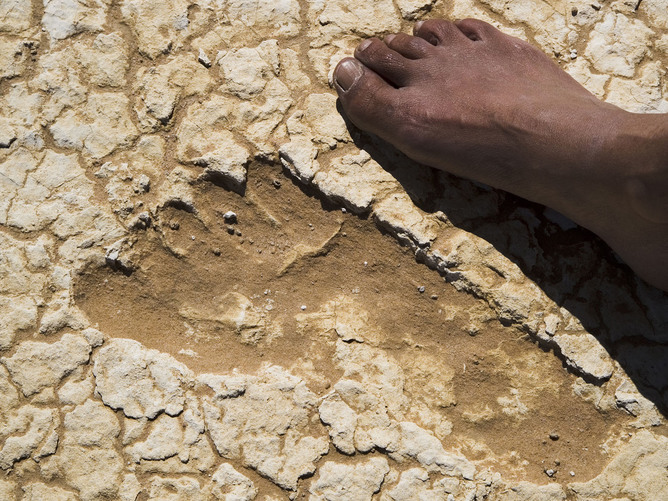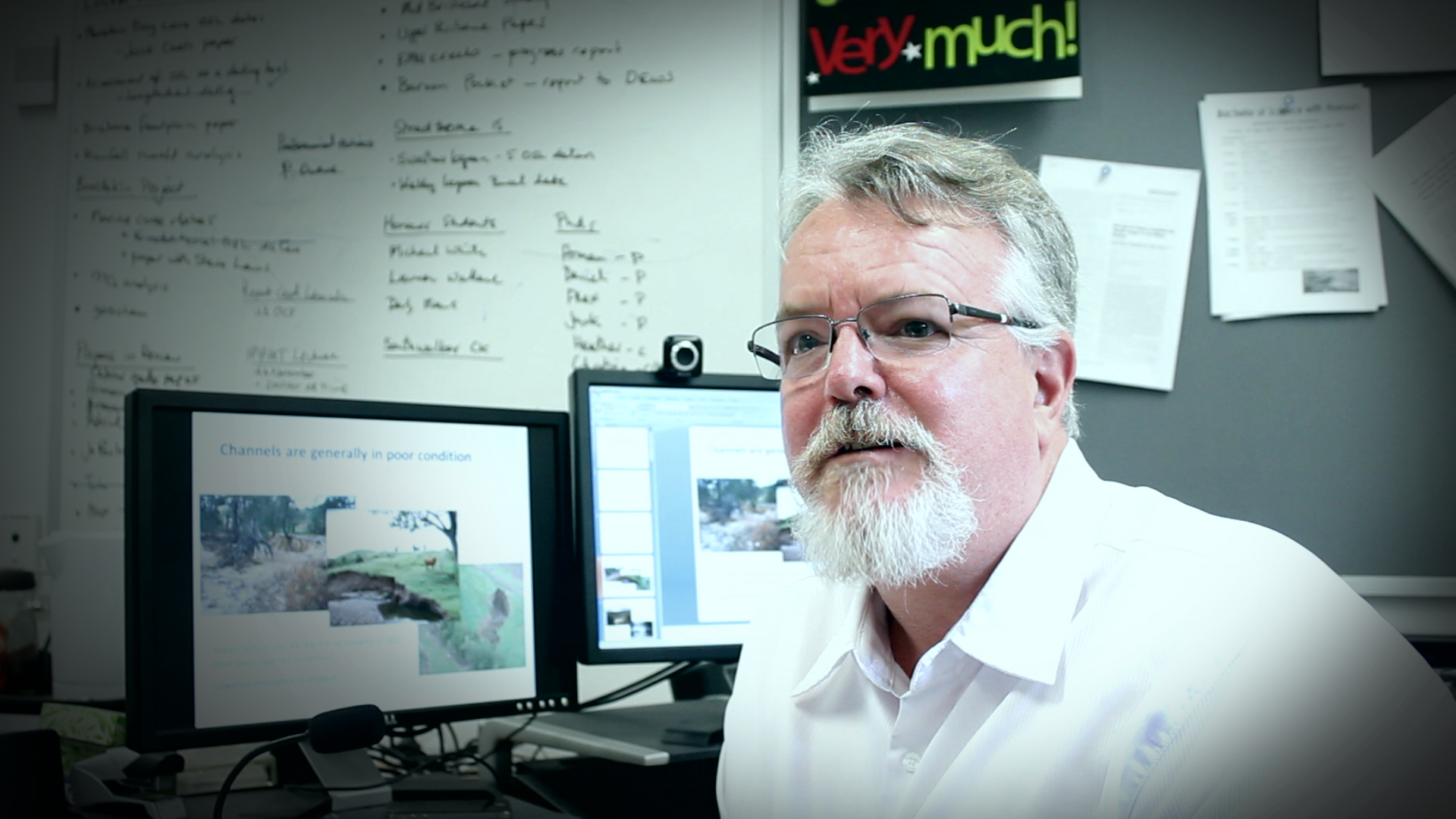Motion sensing technology best known in computer games is vastly improving Queensland scientists’ ability to quantify habitat complexity in mangroves.
The Kinect line of devices developed by Microsoft for Xbox consoles and Windows PCs is marrying gaming technology with ecological research to deliver precise three-dimensional data in greater efficiency and at a fraction of the cost of current imaging techniques.
At Australian Rivers Institute (ARI) on the Gold Coast, Professor Joe Lee, Dr Jan Warnken and Higher Degree Research student Ms Shafagh Kamal have been using the Kinect scanner in and around mangrove root systems over the past year.
In gaming, Kinect technology allows users to control and interact with their console or computer without a game controller. Dr Warnken was contemplating his son’s fascination with the computer game Minecraft when he recognised the potential for voxel-based 3D gaming technology and the Kinect to aid the ARI team’s research.
“Mangroves are nursery sites for small animals such as fish and crustaceans and they are also important in ameliorating the effects of storms and tsunamis. These ecosystem services are all related to the structural complexity of mangroves, but there has been no easy method to measure this complexity to date,” says Professor Lee.
“Ours is the first low-cost method for measuring something that has troubled ecologists for a long time, namely how to quantify three-dimensional habitat complexity and then relate that information to the ecology of the inhabitants.
“Until now, the alternative has been to use expensive and mainly stationary laser scanners that cost upward of $100,000 and require considerable computing power for data processing. This is beyond the capability of most researchers.”
By using the Kinect sensor, a gaming laptop and working at low tide to scan areas of about 1.5 cubic metres at a time, the researchers can create realistic 3D digital models of complex mangrove environments.
“A scan takes only about 15 minutes and the scale is ideal for the questions we are asking about, for example, how mangrove environments appeal to small fish and other organisms and how mangrove forests dampen wave impact in major storms,” says Professor Lee.
“This is giving us a detailed, fish’s eye view of mangrove habitat and inhabitants and the economic advantages continue with our use of freeware in the post-scanning process.
“It’s also exciting to consider that with the emergence of 3D printing technology, we can take our digital models and re-create precise or computer-modified replicas of the submerged mangrove environment.
“Our method enables scientists to take the trees into the laboratory as well as cyberspace for ecological analysis and experimentation – without unrooting them, of course.”
A paper by Professor Lee, Dr Warnken and Ms Kamal,Investigating three-dimensional meso-scale habitat complexity and its ecological implications using low-cost RGB-D sensor technology, has been published by ecology journal Methods in Ecology and Evolution (MEE).





